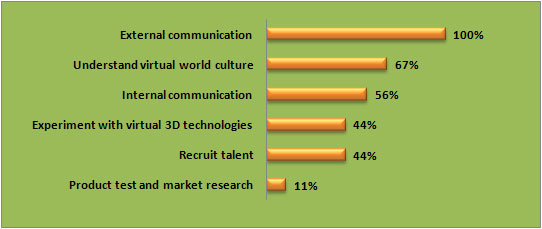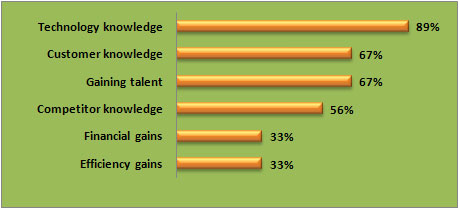Over the course of this year, I kept hearing reports about social media getting older. The largest age group of Facebook users is between 35 and 54, and this once college-oriented social network is now expanding the fastest among people 55+ years old. Words also got out that teens are not that interested in Twitter either. Apparently, while social media and social networking are all the rage in the business world, teenagers are not necessarily buying into the same excitement as we adults are. These reports got me wonder: where are all the teenagers hiding? I did some research, and these are a few popular teen hideout places that I have found.
1. Video Games
Pew Internet and American Life reports 97% of teens play video or computer games, and half of these teens play daily and typically for at least an hour each day. In a separate report released by Nielsen, video gaming is also found to be one of the major media activities that teens engage in, and teenagers spend an average of 25 minutes each day on console gaming. While some may see video gaming as an isolate activity, the Pew report suggests otherwise. It shows that teenagers often engage in video gaming as a social activity, with 65% playing games with others in person and 27% with others over the Internet. The most popular games? Guitar Hero, Halo 3, and Madden NFL.
2. Mobile Devices
Mobile devices as a popular teen hideout came as no surprise to me as it has always been a challenge getting my undergraduate students not text message in the classroom. Nielsen reports an average of 96 text messages sent or received by a teen in merely one day. But the story does not end with text messaging. Nielsen also finds a higher than average consumption of mobile video by teenagers. The popular genres? Music, comedy, and user-generated videos. Perhaps as even better news for businesses, an article from ClickZ offers evidence that teens are more receptive to mobile advertising than their adult counterparts.
3. TV and movies
TV is by no means a new medium, but it remains surprisingly popular among teenagers. The same Nielsen report mentioned earlier tallies the time teens spend watching TV on an average day to be more than 3 hours. In a more in-depth rather than representative look at teenager media consumption, the 15-year-old intern Matthew Robson from Morgan Stanley says that teenagers’ TV watching is often driven by seasonality and scheduling of shows. When popular shows are on, there could be a big spike in TV consumption. Popular shows among teens? Nielsen lists Family Guy, American Dad, and American Idol. Related to TV watching, teens also frequent movie theaters, seeing an average of 10.8 movies per year. But despite high levels of interest in TV and movies, teens actually trail behind those 18-to-44 year-olds in online video consumption, watching just over 3 hours of online video in a month. This does not mean teens are completely uninterested in online video, however, as both the number of teens watching online video and the time spent on online video are still increasing pretty fast. Only time will tell where the consumption level will settle eventually.
Does this picture of teenagers surprise you? Do you have any additional information about teen media consumption? Your comments are most definitely welcome.

